Description
v
Okay, here’s an article about Formic Acid, covering its properties, uses, production, safety considerations, and some historical context:
Formic Acid: A Pungent Compound with Surprising Versatility
Formic acid, also known as methanoic acid, is the simplest carboxylic acid. This colorless liquid, with a sharp, penetrating odor, may not be a household name like vinegar (acetic acid), but it plays a significant role in various industries and even occurs naturally in surprising places.
What is Formic Acid?
Formic acid has the chemical formula HCOOH. Its name derives from the Latin word formica, meaning “ant,” as it was first isolated from ant bodies in the 17th century by English naturalist John Ray. At room temperature, it’s a corrosive, fuming liquid, miscible with water and many organic solvents. Its acidic properties stem from the carboxyl group (-COOH), allowing it to donate a proton (H+) in chemical reactions.
Properties and Characteristics:
- Appearance: Colorless liquid
- Odor: Sharp, pungent, irritating
- Acidity: Stronger than other carboxylic acids like acetic acid due to the stabilizing effect of the hydrogen atom on the carboxyl group.
- Miscibility: Miscible with water, ethanol, ether, acetone, and other polar organic solvents.
- Corrosivity: Corrosive to metals and irritating to skin.
- Boiling Point: 101 °C (214 °F; 374 K)
Where is Formic Acid Found?
Beyond ants, formic acid occurs naturally in:
- Stinging nettles: It’s one of the compounds responsible for the stinging sensation.
- Bees: It’s a component of bee venom.
- Certain fruits: In small concentrations.
- The Atmosphere: Formed as a product of atmospheric reactions.
Uses of Formic Acid:
Formic acid boasts a wide range of applications, demonstrating its industrial importance:
- Agriculture: A key preservative for livestock feed, preventing spoilage and preserving nutritional value in silage(fermented feed). It inhibits undesirable fermentation and mold growth.
- Leather Industry: Used in tanning leather, dehairing hides, and dyeing processes.
- Textile Industry: Used as a reducing agent in dyeing and finishing textiles.
- Rubber Production: Used in the coagulation of natural rubber latex.
- Chemical Synthesis: A valuable reagent in various chemical syntheses, including the production of pharmaceuticals, flavorings, and other organic compounds. It can act as a source of carbon monoxide in some reactions.
- Cleaning Products: Used in some specialized cleaning products and descalers.
- Laboratory Reagent: Used in laboratory studies for various purposes.
- Fuel Cells: Research is ongoing into using formic acid as a fuel source in fuel cells.
Production of Formic Acid:
Several methods are used to produce formic acid industrially:
- From Methyl Formate: The most common method involves reacting methanol with carbon monoxide to produce methyl formate, which is then hydrolyzed with water to yield formic acid and methanol. The methanol is recycled, making the process more efficient.
- Byproduct of Acetic Acid Production: Formic acid can be obtained as a byproduct during the production of acetic acid by oxidation of hydrocarbons.
- Formate Salts: Formic acid can be produced by treating formate salts (e.g., sodium formate) with a strong acid. Safety Considerations:
Formic acid is a corrosive substance and should be handled with care. Exposure can cause:
- Skin and eye irritation: Contact can cause burns.
- Respiratory irritation: Inhalation of vapors can irritate the respiratory tract.
- Systemic effects: Ingestion can cause serious internal damage.
Appropriate personal protective equipment (PPE), such as gloves, eye protection, and respiratory protection (in situations with high vapor concentrations), should always be worn when handling formic acid. Proper ventilation is crucial in areas where it is used. In case of contact, immediate and thorough washing with water is essential, followed by medical attention if necessary.
A Brief History:
As mentioned earlier, John Ray first isolated formic acid from ants in the 17th century. French chemist Joseph Gay-Lussac synthesized it from hydrocyanic acid in 1831. However, the industrial production of formic acid only began in the late 19th and early 20th centuries.
Conclusion:
Formic acid, despite its pungent odor and corrosive nature, is a vital chemical compound with diverse applications in agriculture, industry, and chemical synthesis. Its unique properties make it an indispensable tool in numerous processes that contribute to our everyday lives. Proper handling and safety precautions are essential when working with this versatile chemical.

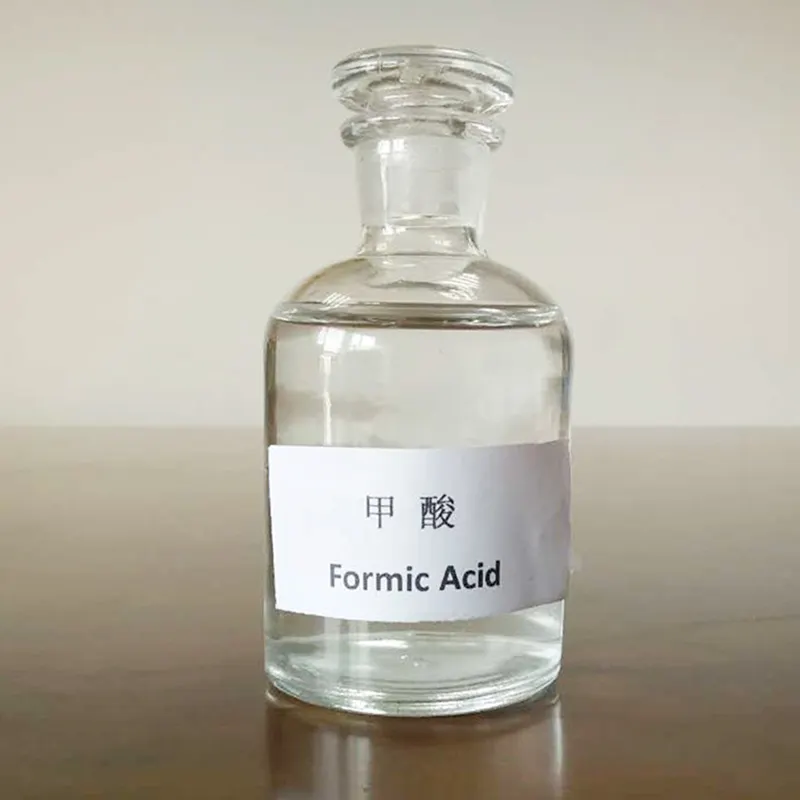
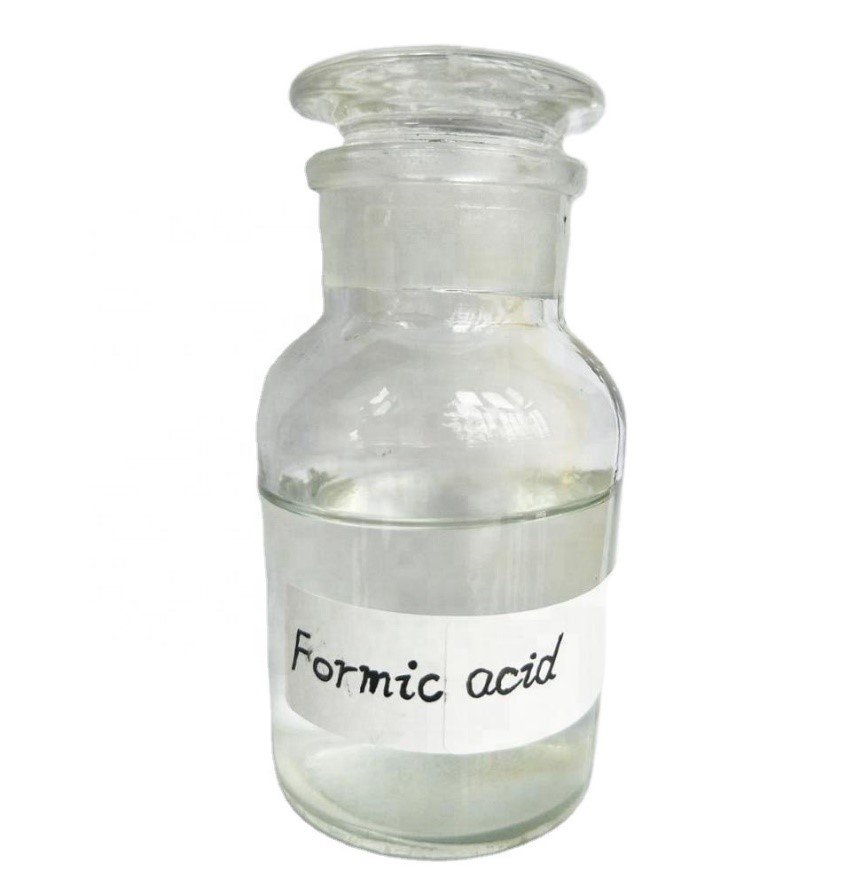

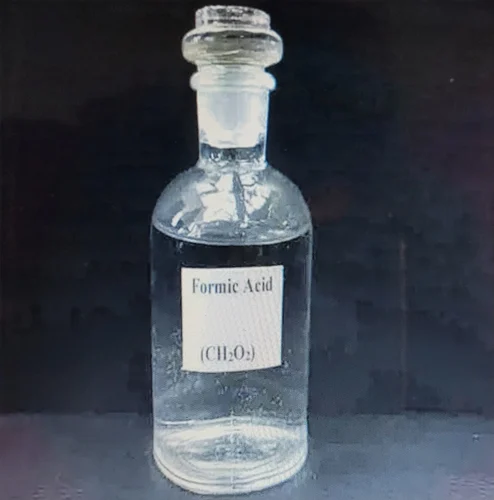
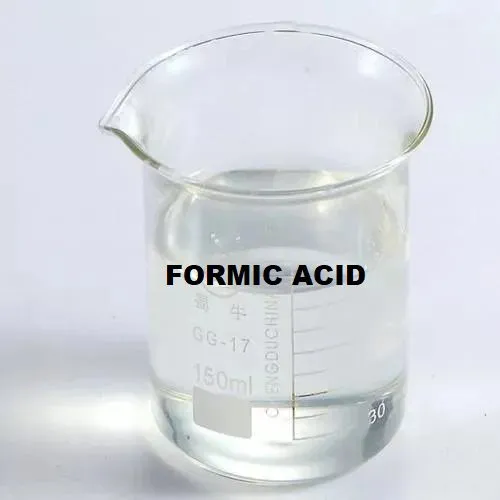
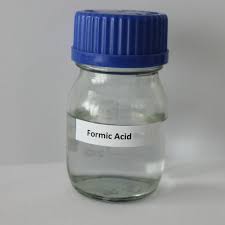
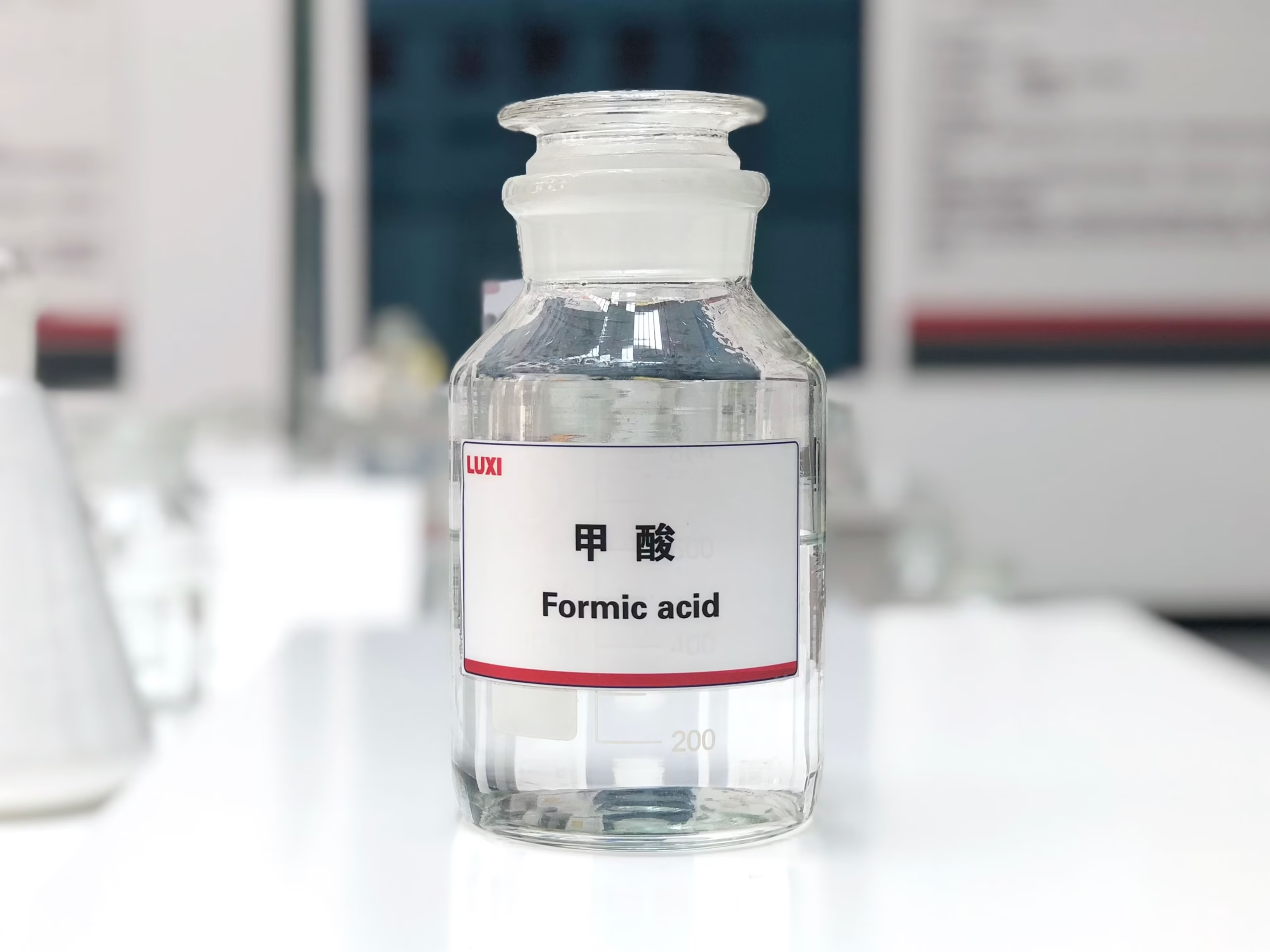
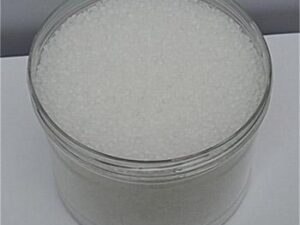


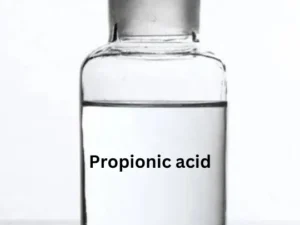
Reviews
There are no reviews yet.